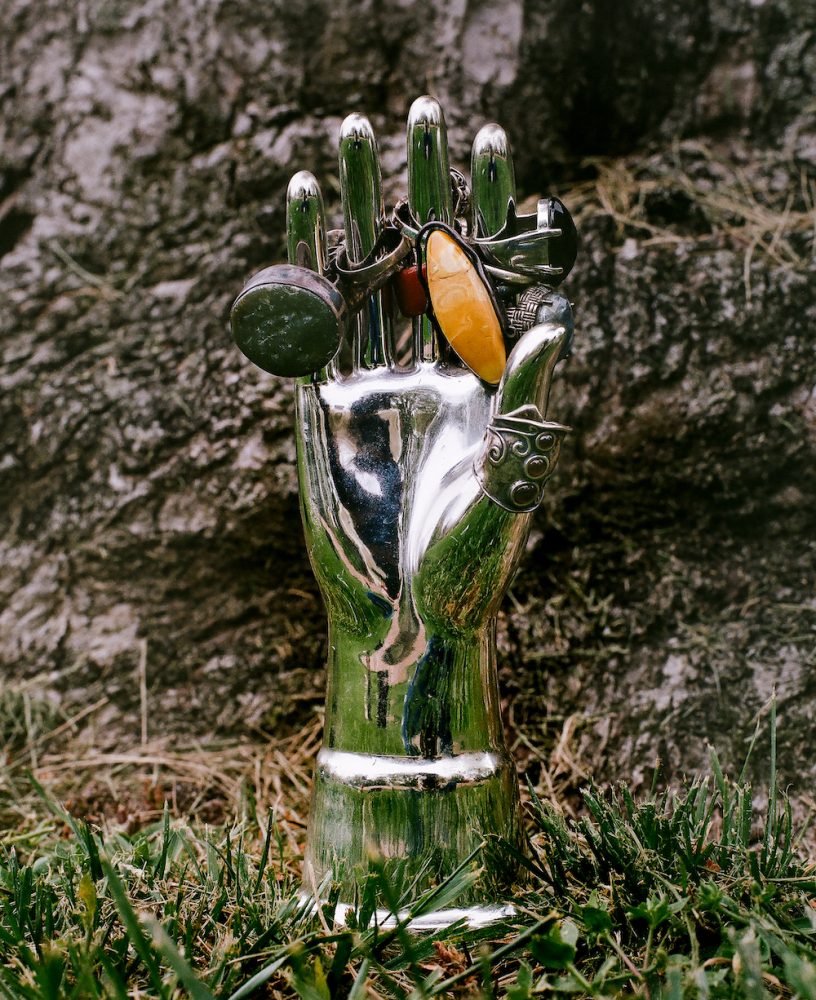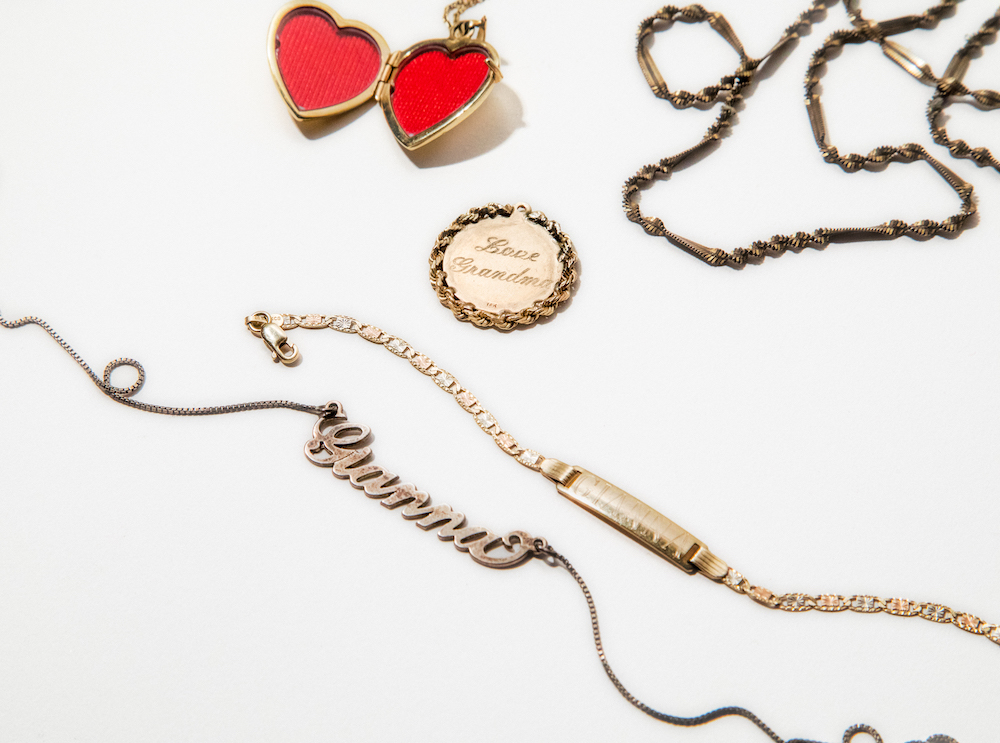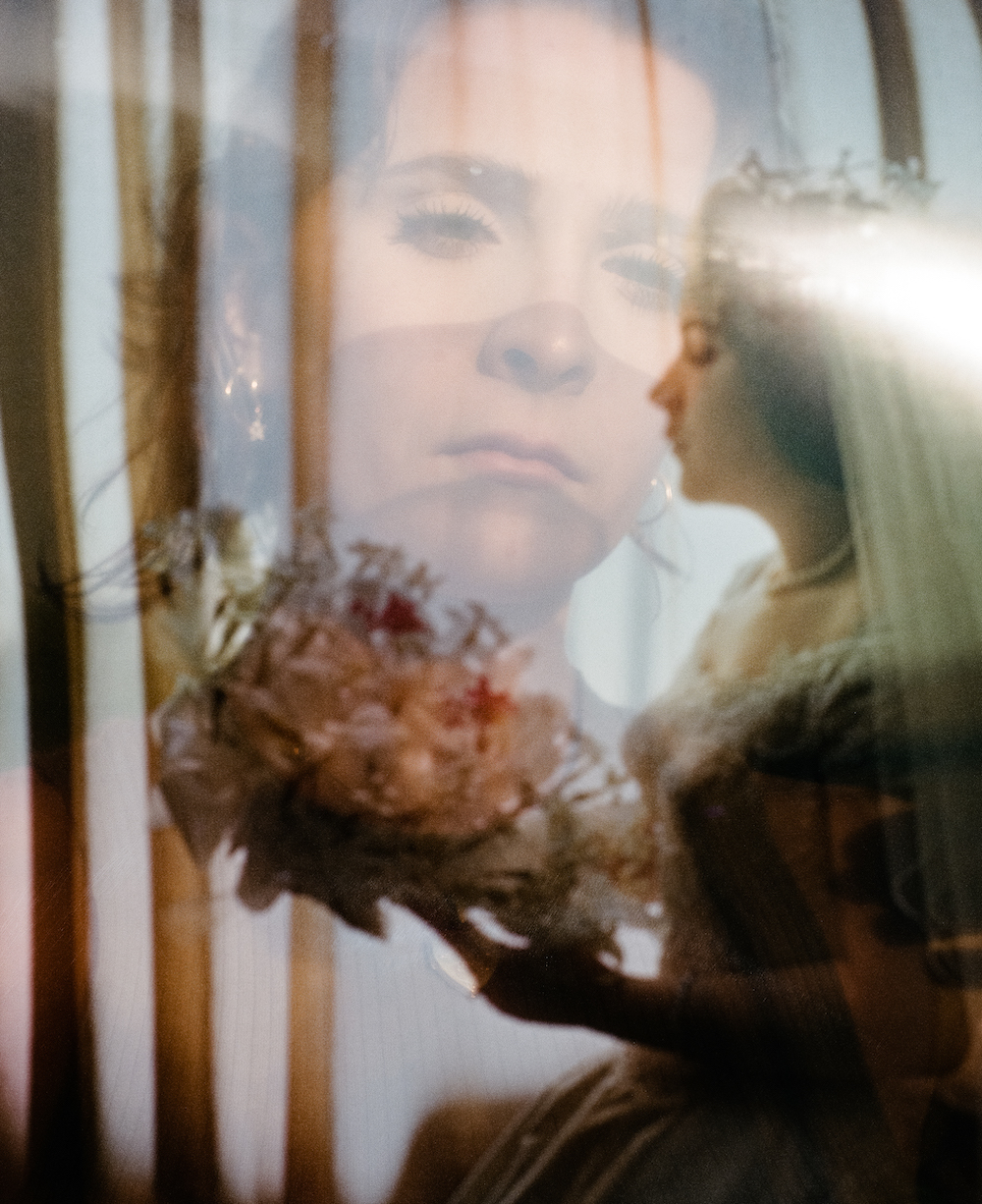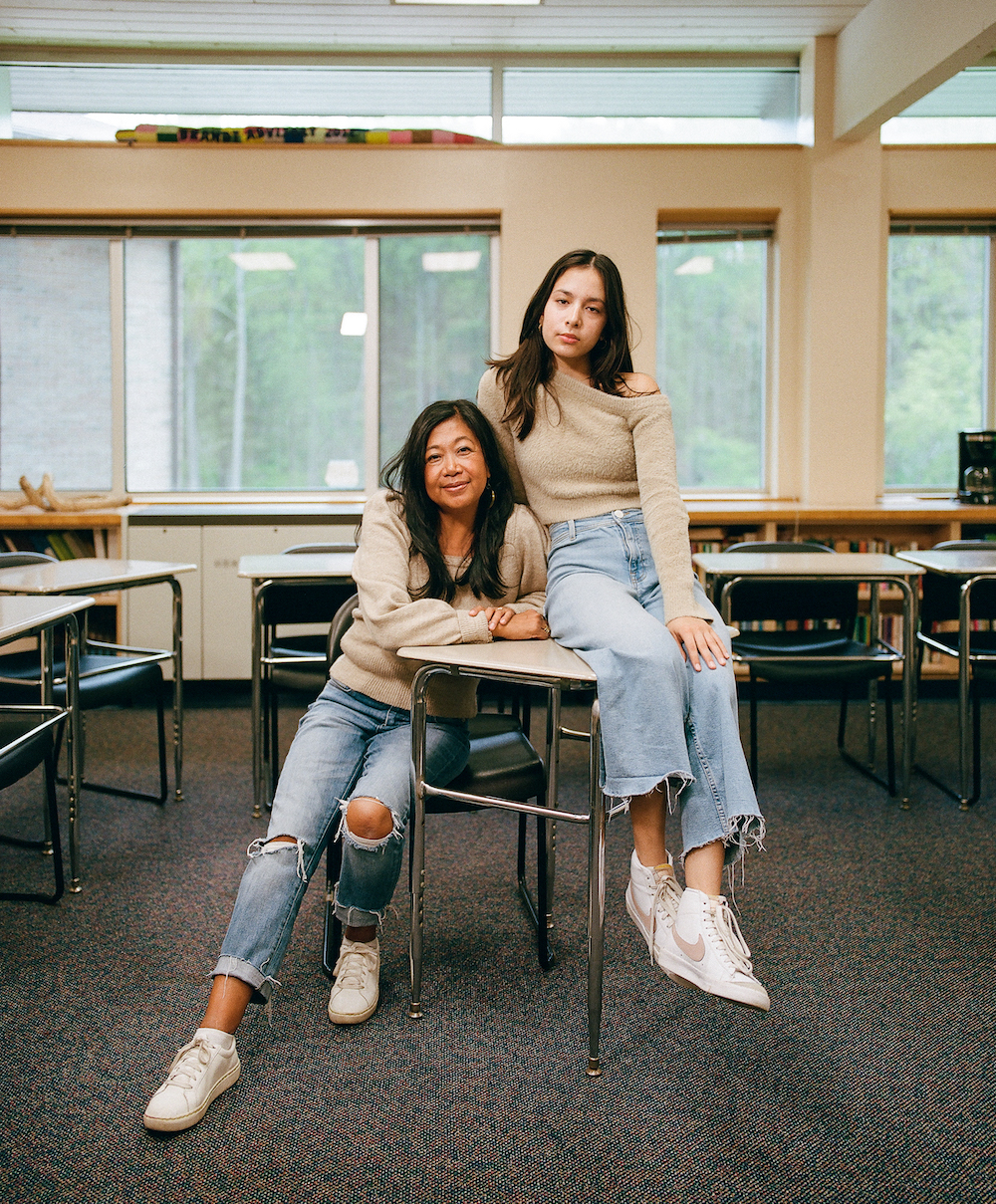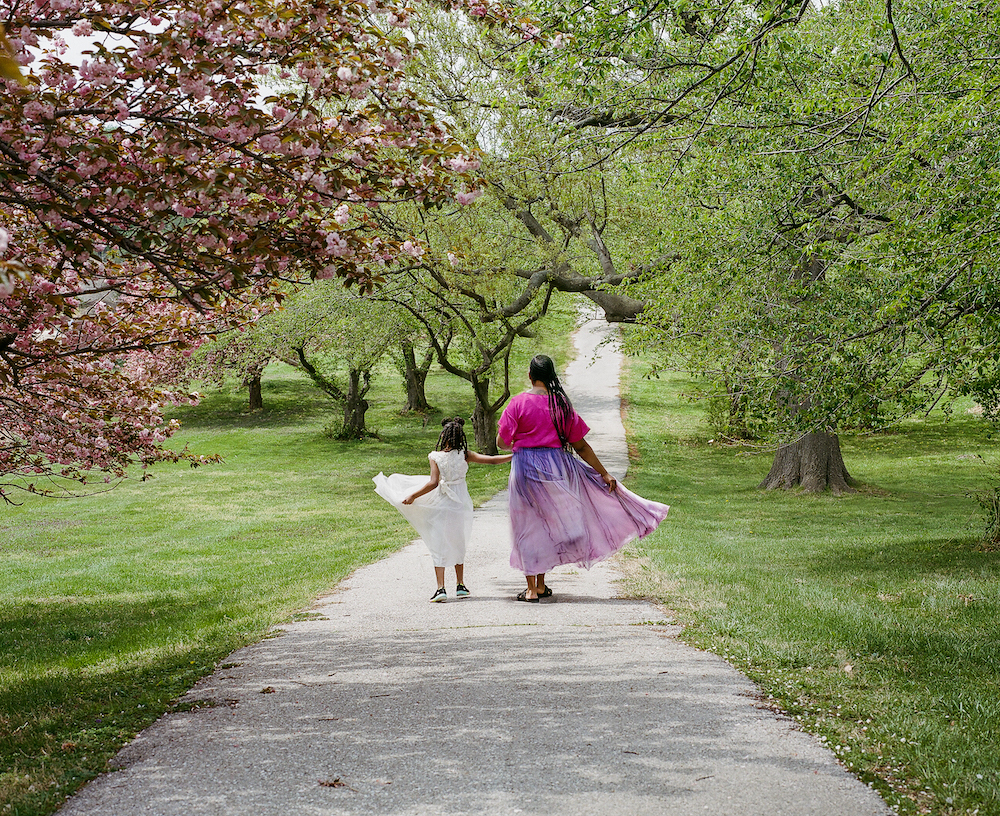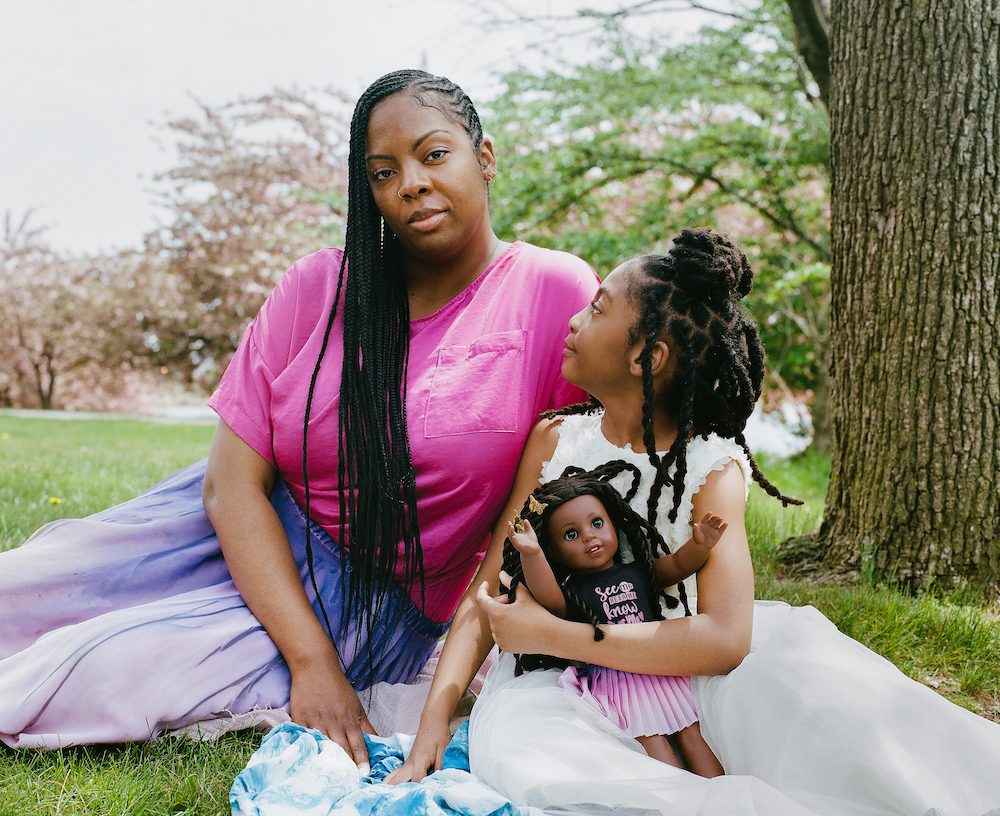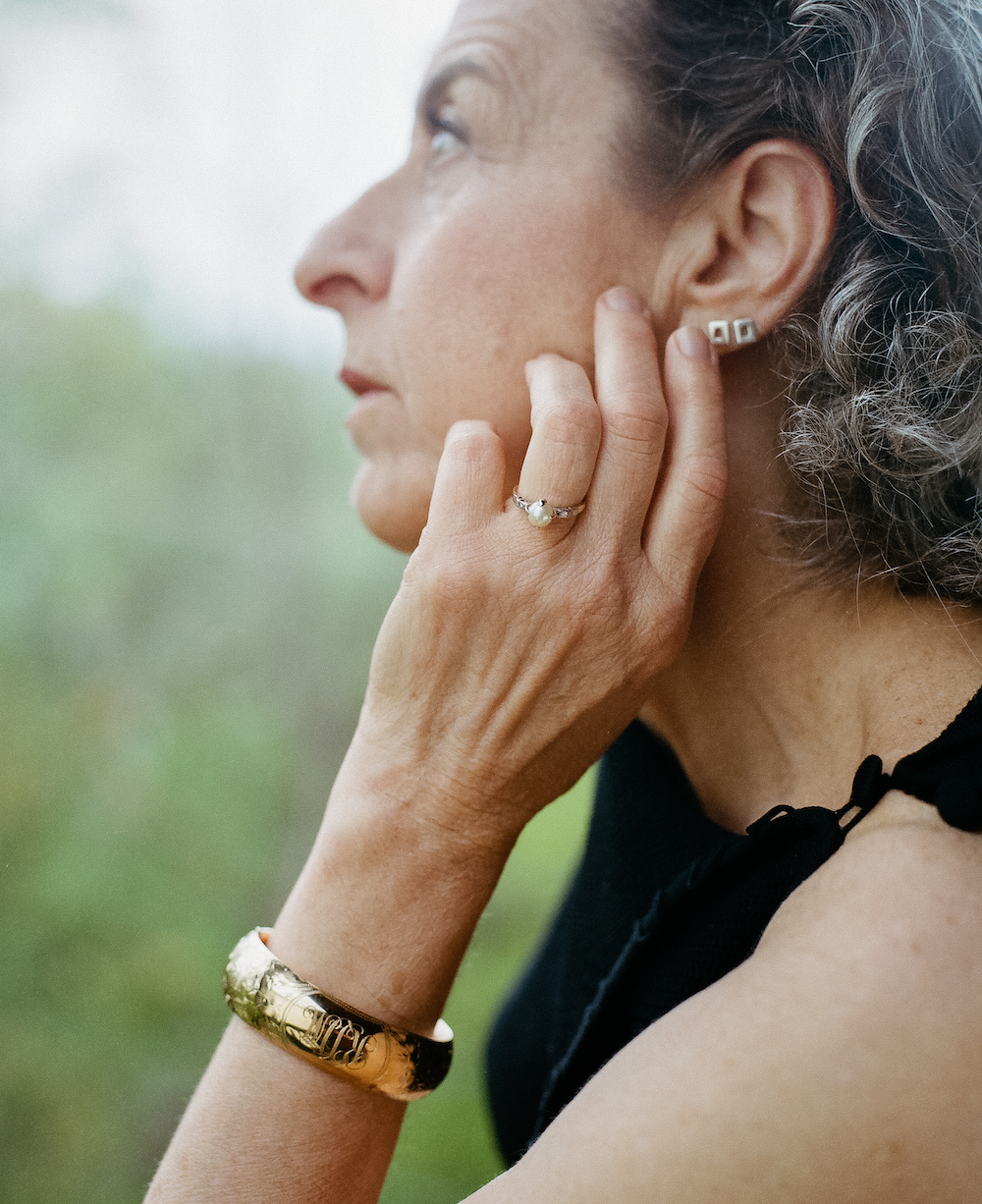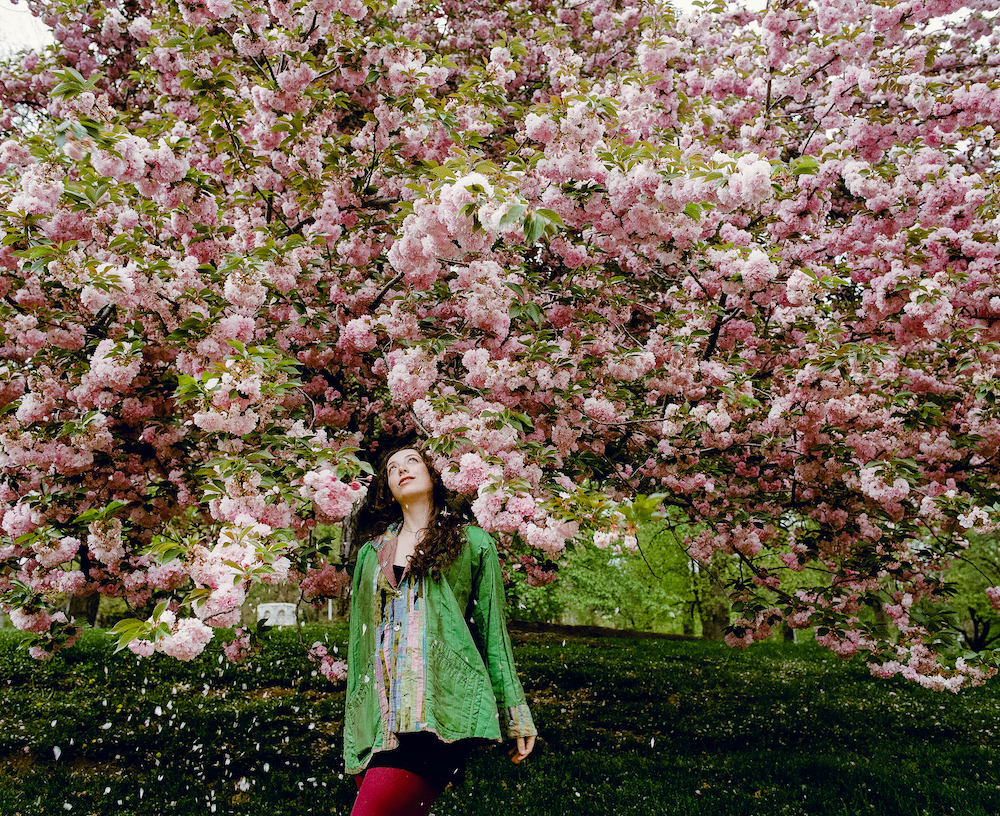“I’m turning into my mother.”
This declaration often reflects resentment or disapproval. But if we look at it in another light, it’s profoundly magical how this becoming is unconscious. It doesn’t take much for the transformation to occur. We slip on a jacket and slide into a part of them. After clipping our hair a certain way or clasping a pair of their earrings, subtle adjustments in our mannerisms and posture often follow. It’s a kind of ancestral alchemy.
Every so often, I’ll receive a compliment about the ring I wear on my left hand, reminding me to look down at it. My great-grandfather, whom I had never met, gave the ring to my grandmother on her 16th birthday. When I turned 16, she passed it down to me. I haven’t taken it off since, so it sometimes takes a new voice to bring my grandmother into focus again. There are many moments like that. After I accidentally shrunk one of her wool tunics, I peeled back the collar to find the label to see where she got it. I’m not only trying to replace the item; I’m trying to figure out how my maternal icons cultivated their unique styles.
Even small adornments can remind us that family is still with us. And on a day like Mother’s Day, when there can be so much longing for unattainable closeness, it’s a saving grace to know that keeping their possessions reaches beyond physical presence. We don’t need to share a brunch table to acknowledge our mothers or mother figures. Touching a metal pendant they used to wear, or smoothing our hands along the texture of braids plaited like theirs, is enough. Whether our mothers are here, far, or gone, we can embody and carry them close by inheriting a bit of their style.
In this series of photographs, I asked other writers and artists to share how they connect with their matriarchs by showing me the different ways they honor them through jewelry, make-up, hair, or clothes.


